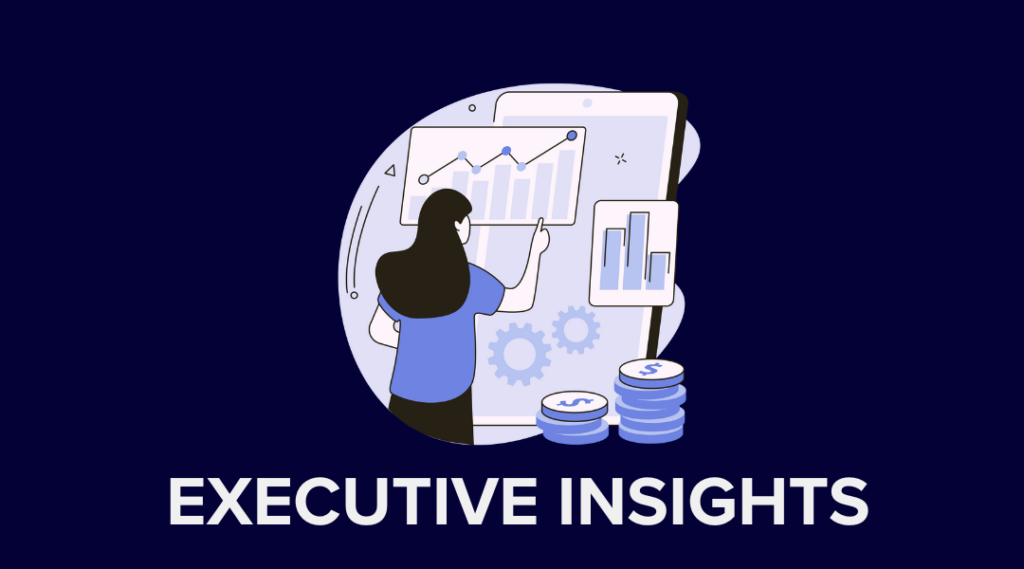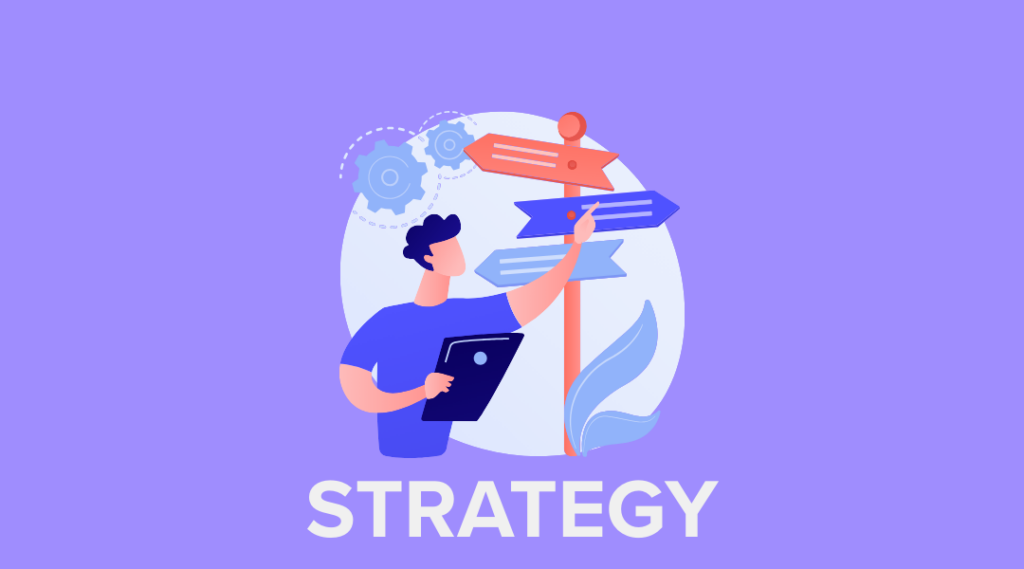Summary:
Entity optimization ensures your brand is accurately understood and retrieved by AI, search engines, and large language models—not just for what you say, but how everything connects. By reinforcing structured meaning across your website, content, and digital channels, it strengthens brand authority, reduces misclassification, and positions you for visibility in the evolving AI-driven search landscape.
SEO has shifted from simply ranking for keywords to ensuring AI, search engines, and large language models (LLMs) recognize and retrieve accurate brand information. While keywords are still important indicators of search intent, entity optimization enhances keyword strategy by reinforcing meaning, context, and relationships.
Understanding entity optimization is no longer optional. AI-driven search experiences—like Google’s AI Overviews, ChatGPT, Gemini, and Perplexity—prioritize structured entity relationships over traditional keyword matching.
In this article, we’ll explore how entity optimization works, where it fits into digital marketing, and how brands can implement it across blogs, landing pages, social media, video, and beyond.
What is entity optimization, and why does it matter?
An entity in SEO and AI is a person, place, thing, concept, or brand that search engines recognize and structure in their knowledge graphs.
Entities vs. Keywords: How they work together
While keywords signal intent (e.g., “best CRM software”), entities create structured meaning (e.g., “HubSpot” as an entity linked to CRM software, marketing automation, and inbound marketing).
AI models don’t just scan for repeated keywords; they connect entities to form structured meaning. For example, a SaaS company targeting "project management software" should reinforce entity connections like "task tracking," "workflow automation," and "collaboration tools" to strengthen expertise in the space.
How semantic relationships impact digital marketing
Search has evolved. Search engines and AI-driven tools no longer rely solely on individual keywords to determine relevance. Instead, they focus on the relationships between entities to understand how topics, brands, and industries connect. By structuring content around semantic relationships, brands can improve their visibility in AI-driven search results like AI Overviews and conversational AI platforms like Chat GPT.
Search engines and LLMs analyze semantic relationships
Google’s Knowledge Graph and AI/LLMs use complex associations to determine how concepts relate to each other. Instead of treating each keyword separately, AI evaluates contextual relevance, connecting entities to form a broader understanding of a brand or topic.
- Google’s Knowledge Graph and AI models associate related entities to understand brand context.
- AI retrieval uses vectors—measuring conceptual closeness between entities instead of just looking for exact keyword matches.
Much of this traces back to Google's shift from focusing on strings (links and keywords) to things (entities) to better understand the semantic relationships between concepts and brands.
Consistency across all digital channels is a critical measurement
AI models reference multiple sources beyond your website, including Wikipedia, social media, press mentions, and podcast transcripts. AI will default to conflicting or incomplete data if your brand entity isn’t structured consistently across these sources.
Entity optimization reduces the risk of miscategorization
A health & wellness brand wants AI-driven platforms to recognize it for "holistic nutrition," "functional medicine," and "organic supplements." Without reinforcing these relationships across site content, social bios, and external mentions, AI might categorize it under generic "dieting" or "weight loss" instead—diluting its true positioning.
Entity optimization is critical, but keywords still matter
As AI-driven search continues to evolve, the importance of entities in structuring search results will only increase. However, this does not mean that traditional keyword strategies are obsolete. Instead, brands should think of keywords as a starting point and entities as the framework that adds depth and context.
Search engines are becoming increasingly sophisticated in understanding intent, prioritizing entity-rich content with clear, structured meaning. Rather than relying solely on exact-match keywords, search engines and LLMs now assess how entities relate to user intent, query context, and authoritative sources.
For brands, this means:
- Entity-based search is the future, but keywords still provide directional guidance.
- Search engines and AI tools are evolving to connect entity-rich content to real user intent.
- Rather than depending only on keywords, brands should prioritize structured data, entity associations, and semantic relationships.
- Marketers who embrace entity optimization now will future-proof their visibility across AI-powered search.
How entity optimization fits into your marketing strategy
Entity optimization isn’t just for SEO—it impacts how your brand is retrieved, ranked, and understood across search and AI/LLM platforms.
Content & Website
- Structure content for entity recognition using clear subtopics, internal linking, and schema markup.
- Example: A B2B cybersecurity company should structure its content around "threat detection," "compliance," and "endpoint security" to establish strong entity ties.
Landing Page & Product Messaging
- Ensure clarity in how your brand’s products/services are defined.
- Example: A marketing automation tool should differentiate itself from CRM software while showing related entity overlap to reinforce relevance.
Social Media & Thought Leadership
- Your LinkedIn, X, and YouTube bios should reinforce core entity relationships.
- Example: Thought leadership articles should mention key industry terms and related brands to strengthen contextual relevance.
Podcasts, YouTube, and External Media
- Guest appearances, webinars, and interviews should strategically reinforce entity associations.
- Example: Descriptions and show notes should include entity-rich context so AI-driven search engines and LLMs can connect the dots between speakers, topics, and industries.
Applying the C.L.A.R.I.T.Y. framework to entity optimization
At tiptop, we’ve developed the C.L.A.R.I.T.Y. framework to help brands navigate AI-driven search and digital visibility. It’s designed to ensure your brand remains discoverable and accurately represented as AI-powered search evolves.
What is the C.L.A.R.I.T.Y. framework?
As search tools like Google integrate AI and users turn to LLMs (e.g., Gemini, ChatGPT, Claude) for answers, we recognize the need for a framework that helps optimize our clients for AI-driven SERPs. Our C.L.A.R.I.T.Y. Framework ensures that clients are not only discoverable but also positioned as authoritative, trusted entities in this evolving landscape.
C - Crawl: Audit and optimize your brand to ensure seamless crawling by AI bots and LLMs.
L - Learn: Analyze how your brand is currently represented in AI tools and uncover opportunities for improvement.
A - Analyze: Evaluate brand sentiment and ensure your website—the “sales rep” for AI—communicates the right message.
R - Respond: Create and optimize content that aligns with user queries and AI priorities.
I - Integrate: Strengthen off-page assets and refine external touchpoints to support brand identity and sentiment.
T - Train: Develop entity-dense, authoritative content to guide AI understanding and enhance visibility in AI overviews.
Y - Yield: Benchmark visibility against competitors and refine the strategy over time.
Learn more about C.L.A.R.I.T.Y. AI optimization framework →
How C.L.A.R.I.T.Y. helps with entity optimization
Two key elements of the framework—Respond and Integrate—directly apply to entity optimization:
R: Respond – Creating Entity-Rich Content That AI Recognizes
- Close gaps by structuring content to align with entity-driven search.
- Refresh and refine brand messaging to ensure AI and search engines understand the right positioning.
- Example: If AI models categorize a brand as "software" but the company specializes in "fintech compliance," adjusting website language, PR, and social profiles can correct misinterpretations.
I: Integrate – Strengthening Entity Consistency Across Digital Channels
- Pinpoint where AI pulls data from—including third-party sites, forums, Wikipedia, and industry directories.
- Ensure off-site mentions support a clear, cohesive brand narrative.
- Example: If a CEO is widely associated with "data privacy," but the company is shifting to "AI governance," consistent updates across bios, articles, and interviews help reinforce the new entity focus.
Want to ensure your brand’s entity structure aligns with how AI and search engines retrieve your business? Let’s talk →
Entity optimization is the future of SEO — are you ready?
SEO is no longer just about keywords and rankings—it’s about structuring your brand so that search engines and LLMs recognize, retrieve, and rank.
The most successful brands will optimize for entities, not just keywords, ensuring their brand context is clear, consistent, and authoritative.
Need help structuring your brand for AI-driven search and LLMs? We specialize in helping brands build entity-based SEO strategies that future-proof their digital presence.
Let’s talk about how entity optimization can strengthen your entire marketing strategy.




